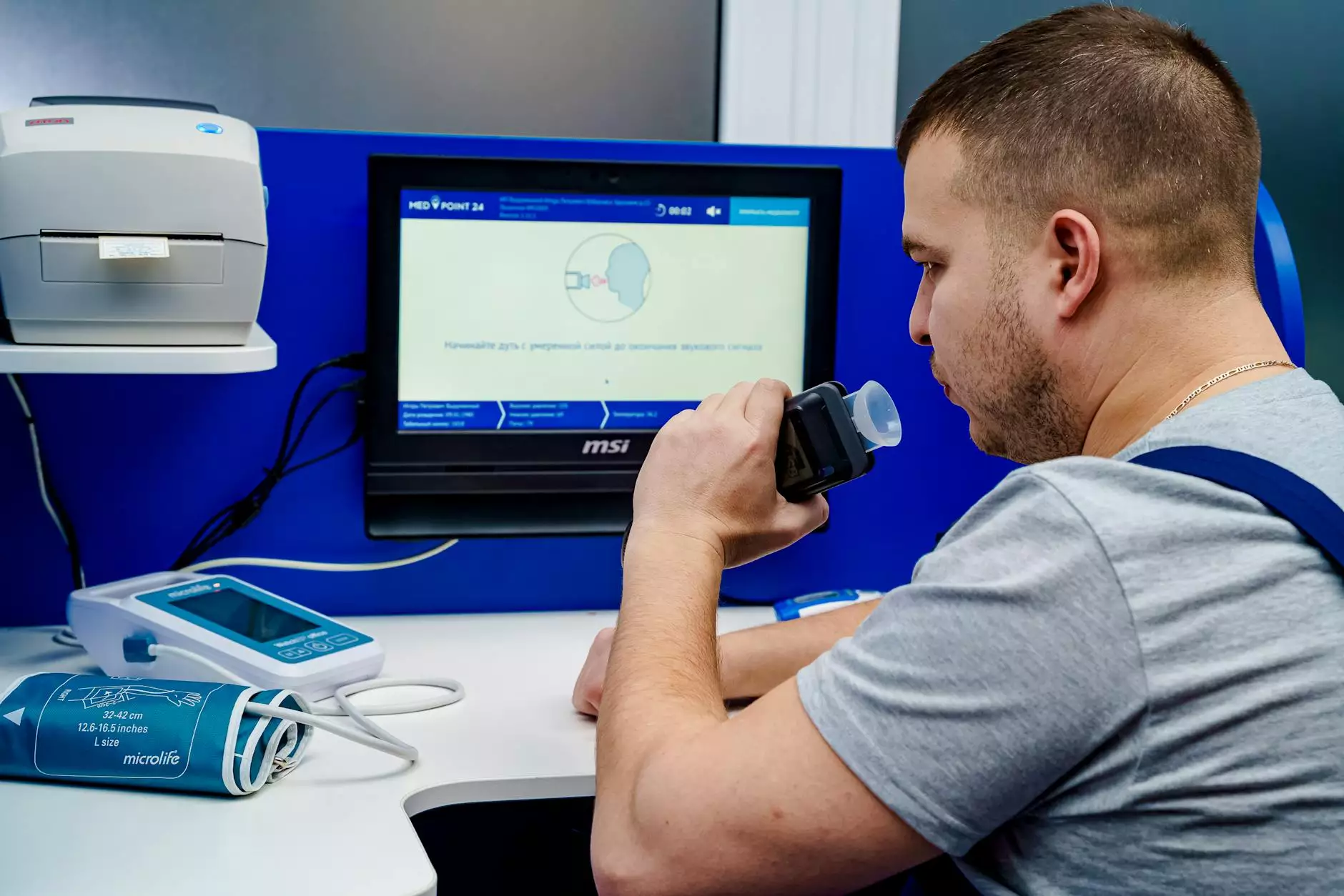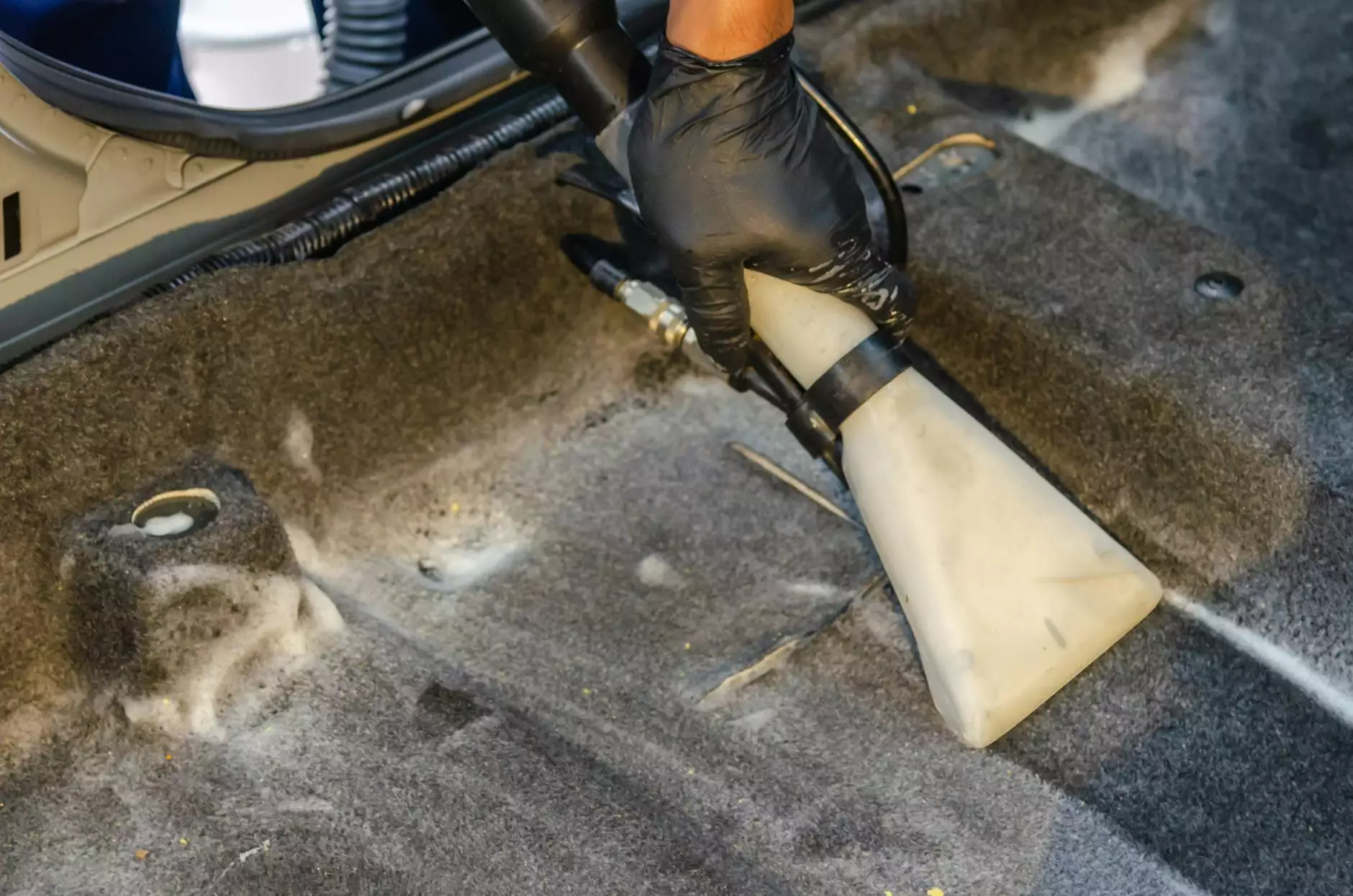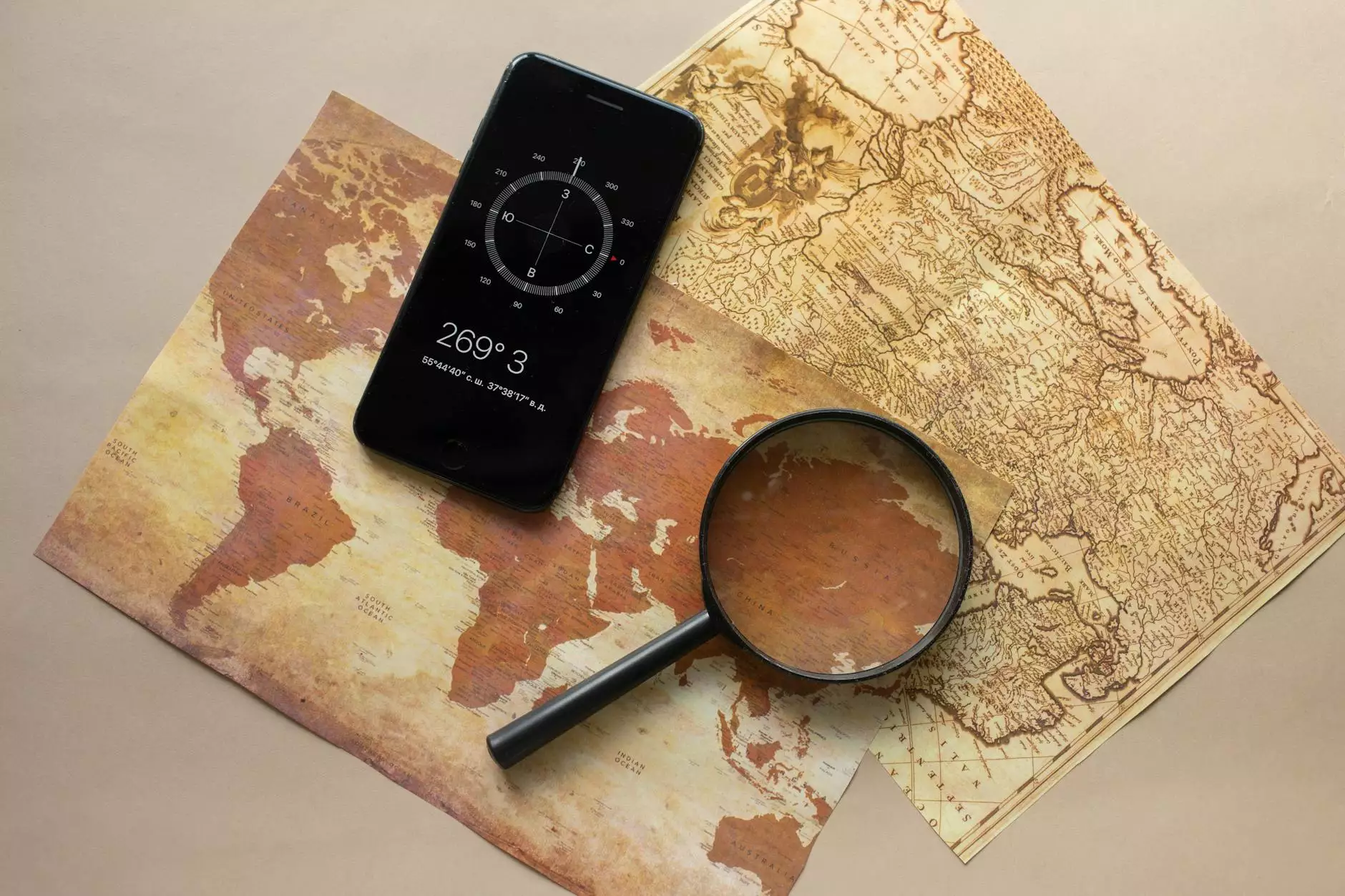Understanding Western Blot Apparatus: The Key to Precision in Protein Analysis

The world of biochemical research relies heavily on precise and reliable methodologies for protein analysis. Among these methods, the Western Blot apparatus stands out as an essential tool in the field of molecular biology. This comprehensive guide aims to explore the intricacies of Western Blotting, its fundamental components, best practices, and how Precision BioSystems is at the forefront of advancing this technology.
What is Western Blotting?
Western Blotting is a widely used technique for detecting specific proteins within a complex mixture. This method involves several key steps, including protein separation, transfer, and detection. Understanding these steps in detail is crucial for any researcher looking to utilize the Western Blot apparatus effectively.
The Importance of Protein Analysis
Proteins play a critical role in various biological processes, and studying their expression levels can provide insights into cellular functions and mechanisms. The ability to detect and quantify proteins accurately is vital for fields such as:
- Immunology
- Oncology
- Genetics
- Pharmacology
This necessity has led to the widespread adoption of the Western Blot apparatus in laboratories around the globe.
Components of a Western Blot Apparatus
A typical Western Blot apparatus consists of several critical components that work together to achieve protein detection. Understanding these components is essential for optimizing your experimental outcomes.
1. Gel Electrophoresis System
The initial step in the Western Blotting process is the separation of proteins based on their size. This is achieved using a gel electrophoresis system, which consists of:
- Polyacrylamide Gel: A resolving medium that allows proteins to migrate based on their molecular weight.
- Power Supply: Provides the necessary electrical current to drive the migration of proteins through the gel.
2. Transfer System
After electrophoresis, proteins must be transferred from the gel to a membrane (usually nitrocellulose or PVDF). This transfer can be performed using two primary techniques:
- Wet Transfer: A traditional method where the gel and membrane are soaked in buffer and placed together under an electric field.
- Semidry Transfer: A quicker method that uses less buffer, allowing for faster transfer times.
3. Membrane
The membrane serves as the solid support for the proteins. Once proteins are transferred, they can be probed with antibodies specific to the target protein.
4. Blocking Buffer
Before probing, the membrane is incubated with a blocking solution to prevent nonspecific binding of antibodies. This step is crucial for minimizing background noise in the results.
5. Detection System
Finally, detection of bound antibodies is achieved using various methods, including:
- Chemiluminescence: Produces light upon enzyme reaction, allowing for sensitive detection.
- Fluorescence: Employs fluorescently labeled antibodies for visualization under UV light.
Applications of Western Blot Apparatus
The Western Blot apparatus is a versatile tool with numerous applications in research and clinical diagnostics. Some of the most significant uses include:
1. Disease Diagnosis
Western Blotting plays a crucial role in diagnosing diseases such as:
- HIV: Confirmatory testing after initial screening.
- Lyme Disease: Detection of specific antibodies against Borrelia burgdorferi.
2. Protein Expression Studies
Researchers can quantify and analyze protein expression levels under different conditions, providing valuable insights into cellular responses.
3. Pathway Analysis
Western Blotting can be used to study signaling pathways by detecting specific phosphorylated proteins.
Advantages of Using Precision BioSystems’ Western Blot Apparatus
When it comes to choosing a Western Blot apparatus, quality and reliability are paramount. Precision BioSystems offers state-of-the-art solutions that enhance the efficiency and accuracy of protein analysis.
1. High Sensitivity and Specificity
With cutting-edge technology, Precision BioSystems ensures that their Western Blot apparatus delivers high sensitivity, enabling the detection of low-abundance proteins without compromising specificity.
2. User-Friendly Interface
The design of Precision BioSystems equipment prioritizes user experience, making it easy for researchers to set up and conduct experiments with minimal training.
3. Comprehensive Support and Resources
Precision BioSystems not only sells Western Blot apparatus but also provides extensive resources, including protocols, troubleshooting guides, and expert support to ensure successful experiments.








